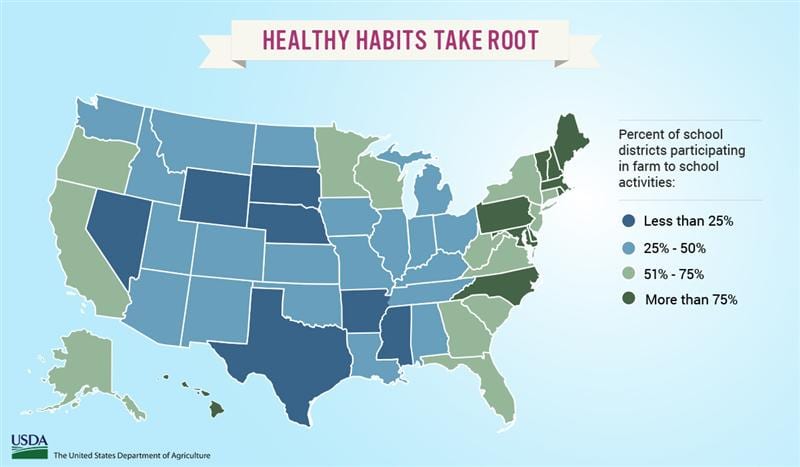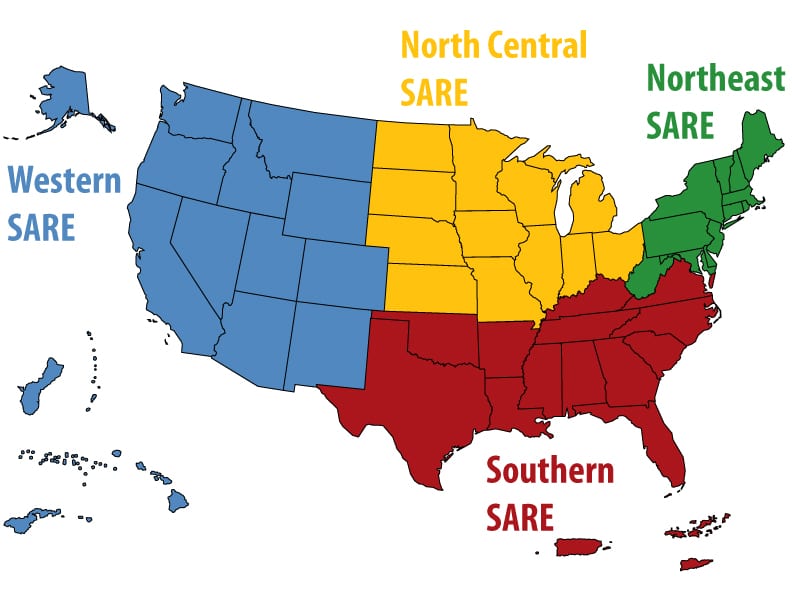Picture this: at the gateway to a small city lies a park. At the center of the park lies a pond, ringed with serene natural wetlands. Tranquil forests and wide meadows line the park edges, while joggers and dog-walkers alike enjoy the hiking trails that thread their way through. Sounds pretty picturesque, right? You might never guess that this place used to be a hazardous waste dump for Dow Chemical—or that Dow took it upon themselves to clean it up.
When you think of the multinational, $200-billion chemical conglomerate called DowDuPont, environmental stewardship probably isn’t the first thing you think of, and you wouldn’t be remiss. Dow has a long history troubled by environmental contaminations. However, recent efforts by the company, in partnership with The Nature Conservancy, suggest that they are turning over a new leaf.
A recent study coauthored by employees at Dow, The Nature Conservancy (TNC), consulting firm ESG and engineering firm Aecom published in Science of the Total Environment details Dow’s recent initiative to help both the Earth and their bottom line. The initiative, called the Valuing Nature Goal, “aims to identify $1 billion in long-term value from projects necessary for its businesses that are also better for nature than traditional alternatives.” To do this, Dow worked with TNC to develop a three-step process to identify building projects that could be done more sustainably.
The strategy is surprisingly simple. First, project managers at Dow fill out a quick questionnaire about the natural resources their project may impact, negatively or positively. Promising projects then move on to step two: a more detailed environmental impact assessment, and development of alternative, sustainable project designs. Finally, the designs are compared based on relative costs and benefits (financial, environmental, and community), and the winning design is chosen.
Dow’s first case study demonstrates the potential of this new approach. The project was to close an old ash pond (a huge hole in the ground used to store ashes from coal power plants) on the Dow headquarters property in Midland, Michigan. Before the advent of the Valuing Nature Goal, it would have been a simple project, too: the traditional method, known as the cap and grass method, is to seal off the ash and contaminants inside the pond and then cover it with grass. While contaminants should stay within the pond after the cap is put in place, this method necessitates long-term groundwater monitoring.
Following the new approach, alternative plans were developed for a full ecological restoration. Their restoration proposal was not based on the original habitat of the pond, however; it had been an ash pond since the 1940s, after all, and the surrounding area was mostly altered habitat as well. Instead, the project team used a specialized modeling tool called the Ecosystem Services Identification and Inventory Tool (ESII), owned by TNC, to plan a more effective design.
The team used ESII to take into account all of the ecosystem services—“the tangible benefits that humans (and businesses) receive from ecosystems”—provided by the pond, and by the potential restoration plans. ESII told them that, surprisingly, the ash pond was already delivering substantial ecosystem services just the way it was—owing to the fact that it had been overgrown by trees and plants in its years of disuse. An even more surprising discovery was that the traditional restoration plan, the cap and grass method, would provide less ecosystem services than the existing ash pond because grass was less beneficial than the overgrowth.
The team knew that their ultimate restoration project had to deliver more benefits than the baseline pond or the cap-and-grass option. So, they designed a more complex ecological restoration plan featuring multiple constructed ponds, forests, wetlands, and even hiking trails for public recreation. This solution also wouldn’t require any water quality monitoring since contaminants would be removed from the site. And the best part? Because of the savings from water quality monitoring, as well as the high cost of capping, the full ecological restoration was actually $2 million cheaper than the traditional capping method—so that’s what Dow did.
Dubbed Dow’s Riverside Wetlands, the newly restored site provides not only a beautiful, diverse natural habitat, but also provides a host of enhanced ecosystem services to Dow’s headquarters and the local Midland area. Some of the most notable benefits are improved air quality, improved flood management, and noise pollution reduction, in addition to the huge community benefits of new nature trails and riverfront access. The wetlands incorporate 25,000 native plants representing 60 different species, while also eliminating the invasive species that had taken over the defunct ash pond. In short, this restoration project has been a win-win for everyone.
It might sound too good to be true, and indeed, a healthy dose of skepticism might be in order. After all, the authors of this paper exclusively work for Dow, TNC, and the firms that helped with the project. Still, all of my journalistic digging revealed no qualms about the project from community groups or anyone else, and nothing but glowing praise for Dow’s Valuing Nature Goal. This may be because the study was just published, and the restoration is still in progress. Time will better tell the people of Midland’s reaction. At the moment, though, “valuing nature” seems to be working.
What makes Dow’s methodology unique is their use of quantifiable ecosystem services to maximize the advantage for the environment, their company, and the surrounding community simultaneously. The ESII tool tells project designers exactly the different benefits of their designs—for example, that’s how the designers knew a restoration would increase flood control by at least 20% over the cap-and-grass method. Prevailing thought in both the environmental and the business world today puts economics and environmental health at odds, but Dow has shown that that doesn’t have to be the case. Other corporations should take note: with a little effort, everyone can win.

















